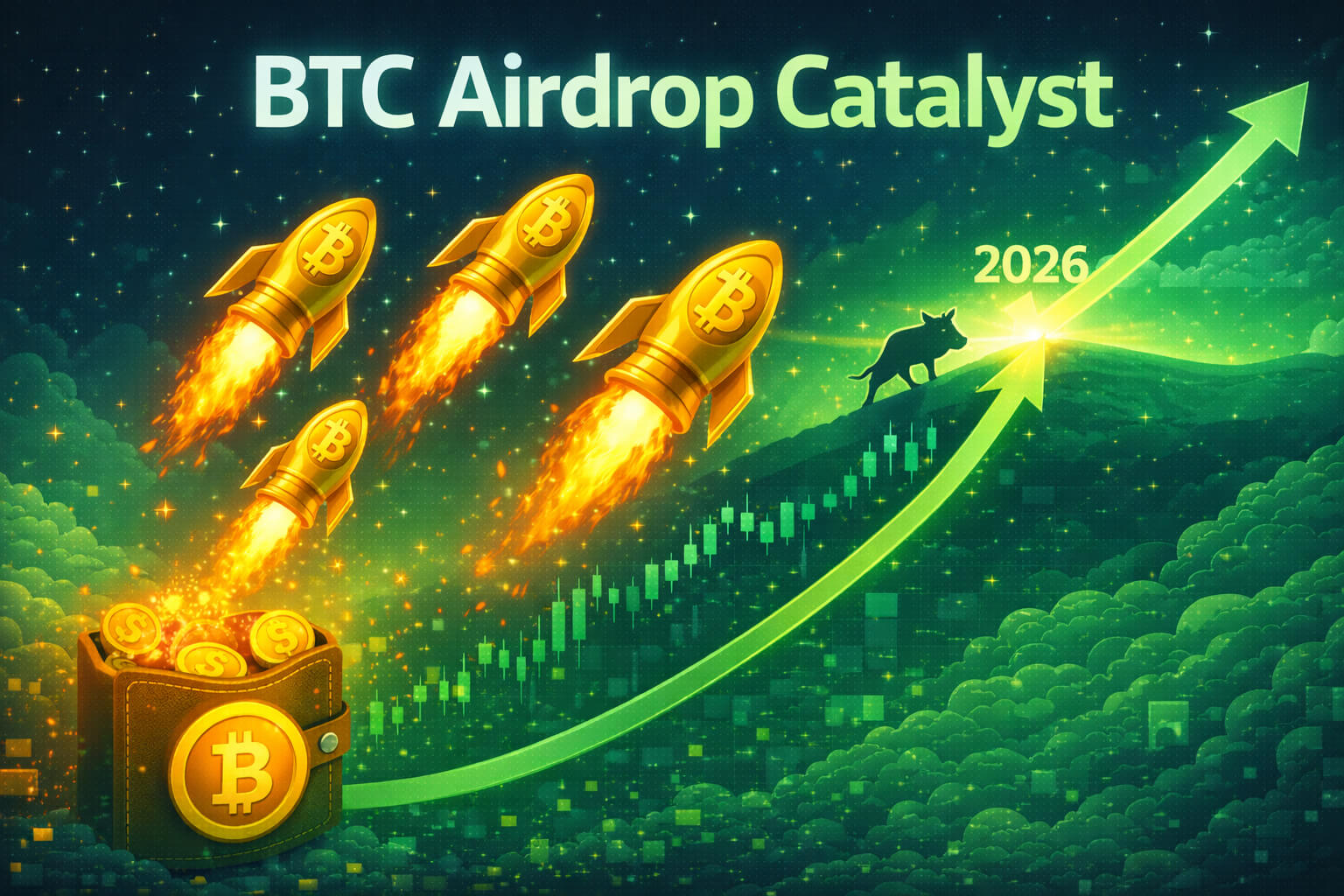Ripple Gears Up for Stablecoin Launch Amid RLUSD Token Burns
Introduction
Ripple is making waves again, this time gearing up for the launch of its highly anticipated stablecoin. The company has taken significant steps by burning a portion of its RLUSD tokens, signaling that the stablecoin launch is on the horizon. Ripple’s entrance into the stablecoin market has the potential to reshape the digital currency landscape, and the recent RLUSD token burns are a critical part of this strategy.
Stablecoins have been gaining momentum for their ability to combine the benefits of cryptocurrencies with the stability of traditional currencies. Ripple’s move towards its own stablecoin is no surprise, given its focus on cross-border payments and institutional partnerships. But what exactly is Ripple doing with RLUSD burns, and how does this prepare them for their stablecoin debut?
Let’s take a closer look at Ripple’s strategy and what these token burns mean for the future of the stablecoin market.
Ripple’s Stablecoin Ambitions
Ripple has long been focused on providing efficient and low-cost solutions for cross-border payments. It’s no secret that the company has been eyeing the stablecoin market, as stablecoins offer the ideal balance of crypto innovation and fiat currency stability. By launching a stablecoin, Ripple aims to capitalize on its existing infrastructure and network, making international payments even smoother for businesses and financial institutions.
1. Why a Stablecoin?
A stablecoin is a type of cryptocurrency designed to maintain a stable value, typically pegged to a fiat currency like the US dollar or the Euro. Unlike traditional cryptocurrencies, whose prices fluctuate, stablecoins provide a predictable store of value, making them ideal for payments, remittances, and commerce.
For Ripple, launching a stablecoin makes perfect sense. The company has always focused on real-world applications of blockchain technology, especially in the financial sector. With a stablecoin, Ripple can offer its partners a reliable, low-cost alternative to traditional currency for global transactions, further enhancing its RippleNet network.
For a deeper dive into how blockchain can revolutionize cross-border payments, check out our blog on How Blockchain is Enhancing Data Privacy and Security.
2. Ripple and RLUSD Token Burns: What Does It Mean?
The recent RLUSD token burns have caught the attention of the crypto community. Burning tokens refers to the process of permanently removing a certain number of tokens from circulation, reducing the total supply. This is often done to manage the token’s price or prepare for a significant event, such as a new token issuance or network upgrade.
In this case, Ripple is burning RLUSD tokens as part of its preparation for the upcoming stablecoin launch. By reducing the supply of RLUSD tokens, Ripple is creating a more favorable market environment, ensuring that the new stablecoin can launch with balanced demand and supply dynamics.
For more on how supply management impacts cryptocurrencies, check out our post on The Impact of Airdrops on Long-Term Token Holding.
How RLUSD Burns Fit Into Ripple’s Strategy
Ripple’s token burns are more than just a supply management tactic. They’re part of a broader strategy to ensure the successful rollout of its stablecoin. Here’s how RLUSD burns fit into Ripple’s larger plan.
1. Controlling Supply and Demand
By burning RLUSD tokens, Ripple is strategically controlling the token’s supply, which can help stabilize the market ahead of its stablecoin launch. This reduction in supply typically drives demand, as it creates scarcity. In the context of a stablecoin launch, managing supply is crucial for maintaining price stability, ensuring that the stablecoin does not experience the wild volatility often seen in other cryptocurrencies.
Ripple’s proactive approach to managing supply will likely contribute to the stablecoin’s success once it hits the market, especially given the company’s existing partnerships with financial institutions worldwide.
2. Building Trust and Credibility
Token burns can also build trust and credibility within the crypto community. By demonstrating a commitment to supply control, Ripple is showing that it takes the economics of its tokens seriously. This level of control is critical for stablecoins, which rely on maintaining their peg to a stable currency. Burning RLUSD tokens ahead of the stablecoin launch signals that Ripple is serious about creating a stable, reliable product.
For more insights into how trust is built in the crypto space, read our blog on How Blockchain Is Transforming the Real Estate Industry.

The Future of Ripple’s Stablecoin and the Market
Ripple’s stablecoin launch comes at an opportune time. With central banks and governments around the world exploring Central Bank Digital Currencies (CBDCs), stablecoins are becoming increasingly relevant. Ripple’s experience in navigating regulatory frameworks for cross-border payments gives it a unique edge in this space.
1. Competition in the Stablecoin Market
The stablecoin market is becoming more competitive, with major players like Tether (USDT) and USD Coin (USDC) dominating the space. Ripple’s entrance adds another heavyweight to the mix. What sets Ripple apart is its established relationships with traditional financial institutions, which could give its stablecoin a significant advantage in adoption, especially for cross-border payments.
Moreover, Ripple’s focus on regulatory compliance could make its stablecoin more appealing to businesses and institutions looking for a compliant solution for digital payments.
2. Ripple’s Cross-Border Payment Network
Ripple has already established itself as a leader in cross-border transactions, thanks to its RippleNet platform. With a stablecoin, Ripple can further reduce the friction of international payments, allowing users to send and receive funds in a currency that maintains its value, without the need for intermediaries like banks.
The stablecoin will also integrate with RippleNet’s existing infrastructure, potentially offering lower fees, faster transactions, and greater transparency for global remittances. For a deeper understanding of how blockchain is disrupting traditional finance, explore our blog on The Role of Blockchain in Combating Counterfeit Goods.
Challenges Ripple May Face
While Ripple’s stablecoin launch seems poised for success, there are challenges ahead.
1. Regulatory Scrutiny
Stablecoins have come under increasing regulatory scrutiny, especially in regions like the United States and Europe. Ripple’s ongoing legal battle with the U.S. Securities and Exchange Commission (SEC) over the classification of XRP could complicate the launch of its stablecoin. Any uncertainty regarding regulatory approval could affect both the timing and the adoption of the stablecoin.
2. Market Adoption
Although Ripple has a strong network of partners, market adoption of its stablecoin is not guaranteed. With established players like Tether and USDC dominating the market, Ripple will need to demonstrate clear advantages to gain market share. Its focus on cross-border payments and institutional partnerships could be the differentiator needed to drive adoption.
For more on the challenges Ripple might face, check out our post on The Impact of Regulatory Changes on the Cryptocurrency Market.
Conclusion
Ripple is gearing up for a major play in the stablecoin market, and the recent RLUSD burns are a clear indication that the launch is approaching. By controlling supply, building trust, and preparing its network, Ripple is positioning itself for success in an increasingly competitive landscape. As Ripple continues to focus on cross-border payments, its stablecoin launch could be a game changer for both the company and the digital currency market.
Excited about Ripple’s upcoming stablecoin? Stay tuned as Ripple continues to make headlines in the world of crypto and cross-border payments.
FAQs
1. What is RLUSD?
RLUSD is a token used by Ripple, which is currently being burned as part of the company’s preparation for its upcoming stablecoin launch.
2. Why is Ripple burning RLUSD tokens?
Ripple is burning RLUSD tokens to manage the token’s supply and stabilize the market ahead of its stablecoin launch.
3. What advantages will Ripple’s stablecoin offer?
Ripple’s stablecoin will likely focus on cross-border payments, offering lower fees, faster transactions, and a stable value that is pegged to a fiat currency.
4. How does Ripple’s stablecoin differ from other stablecoins like USDT or USDC?
Ripple’s stablecoin will leverage the company’s extensive network of institutional partners and focus on regulatory compliance, making it a strong competitor for cross-border payments.
For more insights and detailed guides on cryptocurrency, visit our Crypto Guides Section.
Stay Updated
For the latest updates on cryptocurrency trends and news, follow us on:
- Twitter: https://twitter.com/FreeCoins24
- Telegram: https://t.me/freecoins24
Stay informed with the latest strategies and insights in the world of cryptocurrency at FreeCoins24.io.
Special Offer
For an enhanced trading experience, consider Bybit. Sign up through our referral link to unlock exclusive rewards, including up to $30,000 in deposit bonuses, and elevate your trading journey.

















